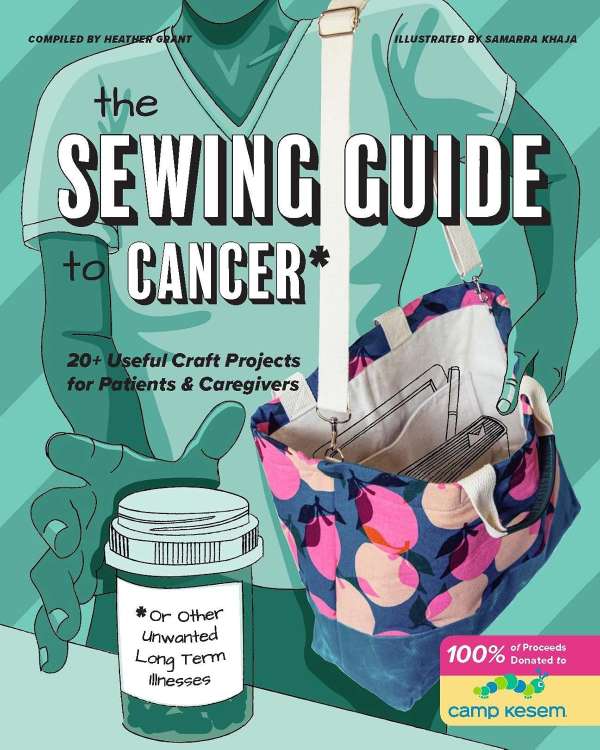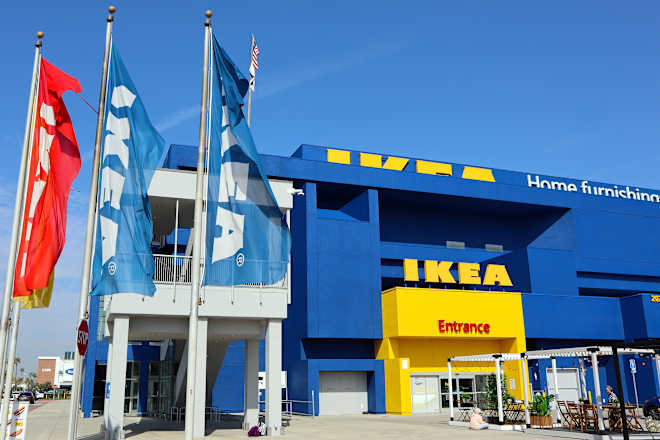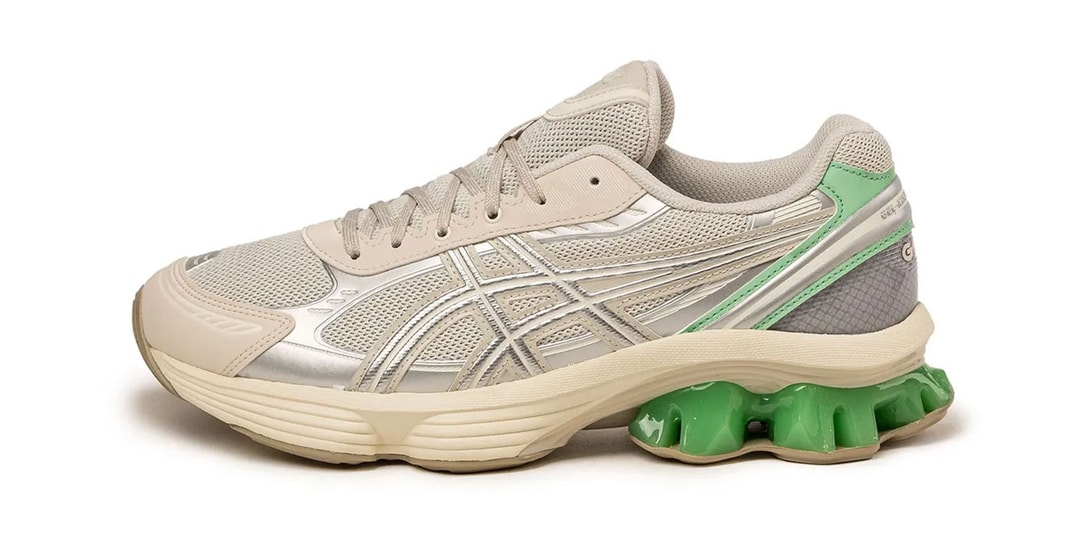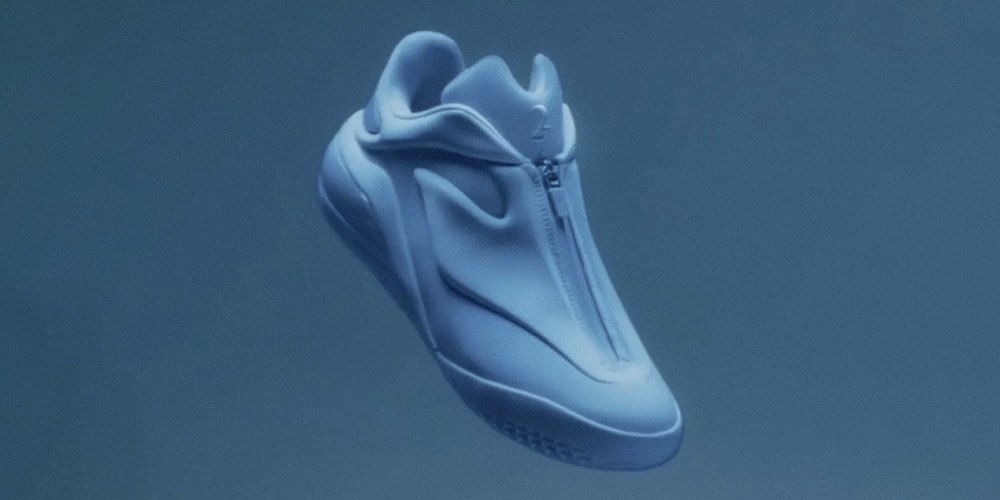Dental Obturators Market Ready for Disruptive Surge and Breakthrough Growth by 2032
Market Overview
The global dental obturators market was valued at USD 383.82 million in 2023 and is projected to grow at a CAGR of 5.0% during the forecast period. Dental obturators are specialized prosthetic devices used to close congenital or acquired tissue openings, typically in the palate, due to trauma, cancer surgery, or birth defects such as cleft palate. Rising awareness of dental health, increasing incidence of oral cancers and maxillofacial defects, and advancements in dental prosthetics are key drivers behind the growing demand for dental obturators globally.
Market Drivers
-
Growing Prevalence of Oral and Maxillofacial Defects
Increasing cases of head and neck cancers, congenital cleft palate, and other maxillofacial defects have significantly contributed to the demand for dental obturators. These devices play a vital role in restoring oral function, speech, and aesthetics in patients undergoing resection or reconstruction procedures. -
Advancements in Dental Prosthetic Materials
Innovations in biocompatible and lightweight materials have led to the development of more durable, comfortable, and efficient obturators. The introduction of thermoplastic and 3D-printed obturators is enhancing patient outcomes and boosting adoption among dental professionals. -
Rising Geriatric Population and Dental Disorders
The global aging population is highly susceptible to oral cancers and dental trauma, thereby increasing the demand for obturators. As dental conditions like edentulism and oral tumors become more prevalent among the elderly, the need for prosthetic interventions grows accordingly. -
Growing Awareness and Access to Dental Healthcare
Expansion of dental care services, especially in developing economies, is making advanced dental treatments, including obturator prostheses, more accessible to patients. Increased dental health awareness campaigns and government health initiatives are contributing to this trend.
Market Challenges
-
High Cost of Treatment and Prosthetics
The cost of custom-fabricated obturators and associated dental procedures may limit adoption, particularly in low-income regions where access to advanced dental care remains restricted. -
Limited Skilled Professionals
The fabrication and fitting of obturators require skilled dental professionals and prosthodontists, which can be a limiting factor in areas with limited healthcare infrastructure and specialist availability.
Opportunities
-
3D Printing and Customization Technologies
The integration of 3D printing in dental laboratories allows for faster, cost-effective, and patient-specific obturator design and fabrication. This trend is transforming prosthetic dentistry by enhancing precision and improving patient satisfaction. -
Expansion into Emerging Markets
With growing healthcare infrastructure and increased spending on oral health in emerging countries like India, China, Brazil, and Southeast Asia, significant growth opportunities are opening up for dental obturator manufacturers and suppliers. -
Product Innovation and Collaborations
Partnerships between dental research institutions and manufacturers to develop advanced obturation devices and materials are expected to boost innovation and broaden product portfolios.
Market Segmentation
By Type:
-
Hard Palate Obturators
-
Soft Palate Obturators
-
Combined Obturators
By Material:
-
Acrylic Resin
-
Thermoplastic Materials
-
Silicone
-
Others
By End-Use:
-
Hospitals
-
Dental Clinics
-
Ambulatory Surgical Centers
-
Academic and Research Institutes
Regional Insights
North America:
North America dominates the dental obturators market due to the high incidence of oral cancers, advanced dental infrastructure, favorable reimbursement policies, and widespread adoption of technologically advanced prosthetics. The U.S. holds the largest market share in the region.
Europe:
Europe is a major contributor to the market, supported by the region’s strong dental care network, increased awareness of oral health, and rising cases of maxillofacial surgeries. Countries like Germany, the UK, and France lead regional growth.
Asia Pacific:
Asia Pacific is projected to witness the fastest growth during the forecast period. Rapid urbanization, rising healthcare spending, government initiatives on cleft palate treatment, and a growing geriatric population are driving demand across countries like China, India, and Japan.
Latin America and Middle East & Africa (MEA):
Though currently holding smaller market shares, these regions are experiencing steady growth due to the increasing availability of dental care services, awareness of oral reconstruction, and investment in healthcare infrastructure.
Competitive Landscape
The global dental obturators market is moderately consolidated, with key players focusing on technological innovation, strategic acquisitions, and geographical expansion to strengthen their market positions. Leading companies are also enhancing their R&D capabilities to develop more efficient, durable, and patient-friendly obturator solutions.
Key Market Players Include:
-
Dentsply Sirona
-
DiaDent
-
Essential Dental Systems
-
FKG Dentaire Sàrl
-
Kerr Dental
-
META BIOMED
-
Micro-Mega (Coltene Group)
-
Obtura Spartan Endodontics (Young Innovations, Inc.)
-
Pac-Dent Inc.
-
VDW Dental
Recent Developments
-
Dentsply Sirona expanded its product line with digitally integrated obturation solutions and announced investments in digital prosthetic production.
-
META BIOMED introduced innovative thermoplastic obturation materials aimed at improving patient comfort and procedural efficiency.
-
Coltene Group (Micro-Mega) focused on strengthening its endodontics and obturation segment through advanced tool designs and ergonomic delivery systems.
-
Kerr Dental launched next-generation obturation systems with enhanced thermal control for precise and safe application.
Emerging Trends
-
Digital Dentistry and CAD/CAM Integration
The adoption of CAD/CAM technology for designing obturators is streamlining the workflow and enhancing customization capabilities, significantly reducing lead times for dental prosthetics. -
Biocompatible and Antimicrobial Materials
The use of biocompatible and antimicrobial materials in obturators is gaining popularity, as they offer enhanced patient safety and reduced infection risks. -
Focus on Pediatric and Geriatric Applications
Companies are developing specialized obturation devices for pediatric and geriatric patients, focusing on ease of use, comfort, and anatomical adaptability.
Conclusion
The global dental obturators market, valued at USD 383.82 million in 2023, is set to grow steadily at a CAGR of 5.0% over the forecast period. Key growth drivers include the increasing prevalence of oral and maxillofacial conditions, advancements in prosthetic materials, and the rising demand for personalized and efficient dental solutions. With a growing emphasis on digital integration, biocompatibility, and expansion into emerging markets, the dental obturators industry is positioned for consistent growth and innovation in the years to come.
Communication Platform As A Service Market
Coffee Bean Grinding Machine Market
AI-Powered Sleep Optimization Solutions Market
Autonomous Port Operations Systems Market
Climate Change Impact Assessment Tools Market
Neural Interface Wearable Devices Market
Vertical Urban Mobility Infrastructure Solutions Market
Brain-Computer Interface (BCI) Gaming Market
Autonomous Vertical Farming Solutions Market
Offshore Mooring Systems Market
Immersive Display in Entertainment Market
Carbon Credit Validation Verification and Certification Market







































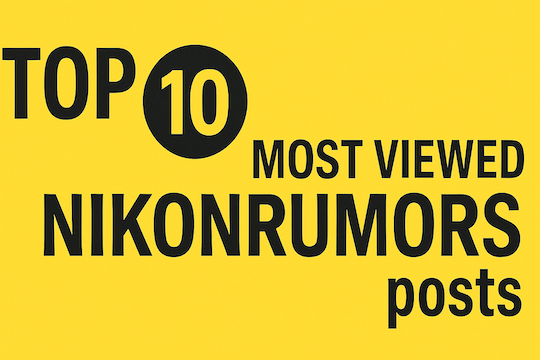






















.png?width=1920&height=1920&fit=bounds&quality=70&format=jpg&auto=webp#)





























